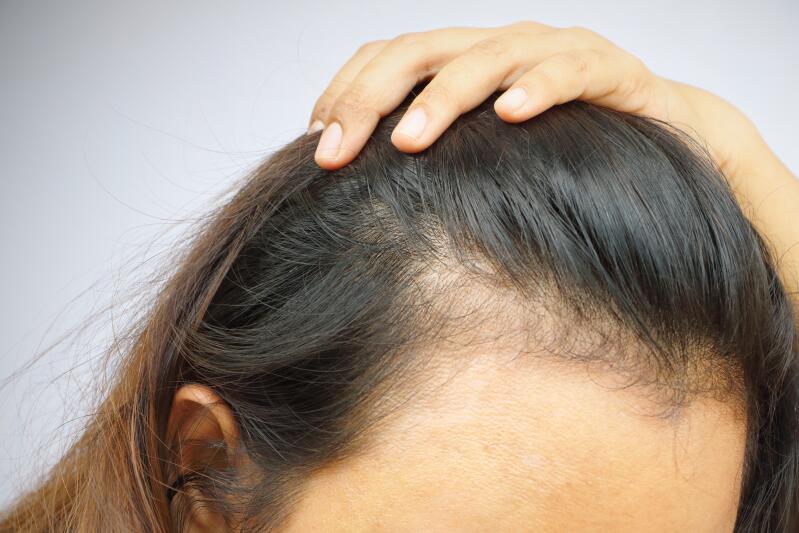-
Your concerns
Our articles to help you gain a better understanding
-
Our solutions
-
DUCRAY Dermatological Laboratories
Our articles to help you gain a better understanding

Unlike diffuse hair loss, localized hair loss is restricted to certain areas of the scalp. Several factors may cause this pathology to develop, thus altering one’s self-esteem and leaving a significant psychological impact.
Hair loss that appears in a very distinct area on the scalp and head is referred to as localized hair loss or localized alopecia. In this case, unlike with diffuse hair loss, where the hair falls evenly over the entire scalp, bald spots begin to develop in specific areas of the head. Different areas may be affected and vary depending on the various types of hair loss.
It is highly recommended to consult a dermatologist. A health professional will use the dermatoscope to diagnose this type of hair loss. This quick and simple method has improved the diagnosis and follow-up of scalp diseases. Mainly, it helps differentiate occasional or chronic hair loss from androgenetic alopecia. In addition, the pull test is conducted to determine the type of hair loss, so whether it is telogen effluvium or another type of hair loss.
Solutions for all types of hair loss